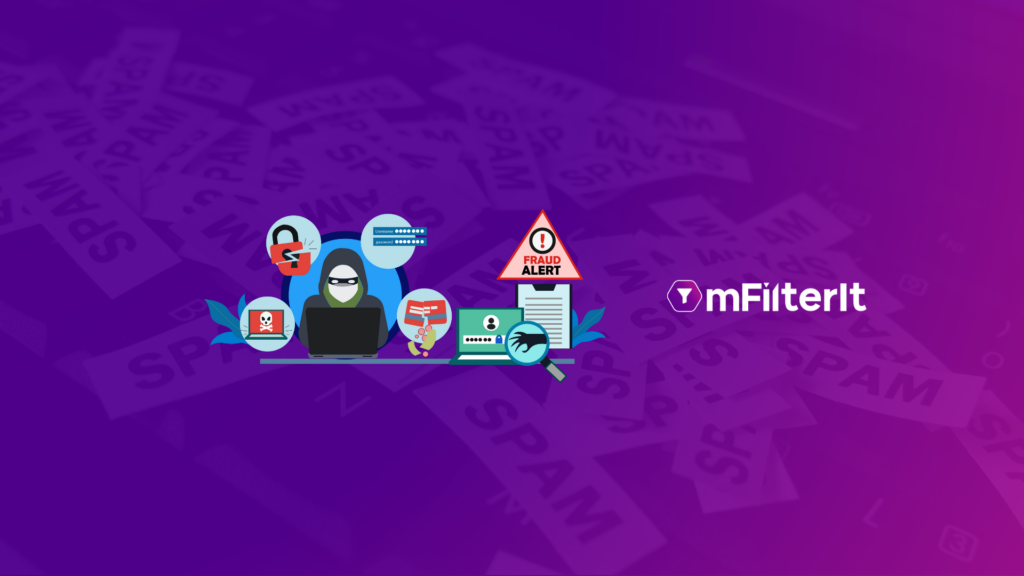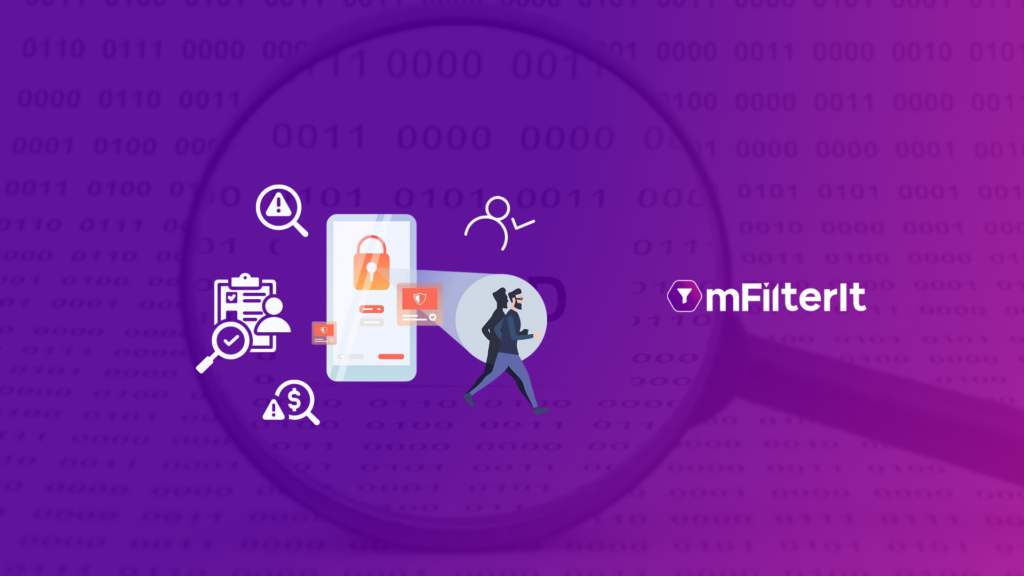How Lead Validation Can Optimize Your Lead-Generation Process? – Know in Detail
Having a sound digital growth plan is perhaps the most surefire way for any modern business to succeed. Today, companies have several methods to generate leads at their disposal. They enjoy room for experimentation and finding a lead-generation tactic that suits their needs and abilities. However, success with online lead generation heavily depends on the quality of leads. If a business manages to generate a large quantity of leads but the leads are fake or irrelevant, it can quickly lead to a different outcome. Bad leads don’t only result in wasted marketing spend, they hurt your business in other ways, such as: Wasting your sales team’s time on leads that won’t convert. Similarly, a lot of company resources may be unnecessarily allocated to chasing dead-end leads. Bad leads mess with the marketing campaign’s performance data. This limits your ability to optimize your campaigns. In fact, bad leads may sometimes lead marketers to make decisions that actively cause waste of ad spend. If a business has been a victim of a type of fraud that uses stolen personal information, they unknowingly start contacting the leads. This may be seen as a nuisance by some recipients who, in extreme cases, may take legal action against the business in question. A lot of bad leads are generated as a result of lead generation fraud. Being aware of the different types of lead generation fraud and how they are carried out is the first step toward protecting your business against bad leads. Techniques used to commit lead generation fraud This year, the total global digital ad spend is expected to cross the $600 billion dollar mark. From a fraudster’s perspective, this translates to a handsome incentive to get creative and look for new ways to scam advertisers and make some quick money. Here are some of the most popular techniques used to commit lead generation fraud: 1. Bot Fraud Bot fraud is most prevalent in the case of cost-per-click (CPC) and cost-per-lead (CPL) lead generation campaigns. The fraudsters operate large networks of bots that they use to commit click fraud. However, the use of bots has been recorded in cases of social media fraud (generating fake engagement or followers). In other cases, bots have been used to fill fake information into lead generation forms. The ultimate objective of using bots is to generate a fake lead and attribute its credit to the fraudsters who get paid by the advertiser. Bot fraud is one of the oldest techniques used by fraudsters and has evolved greatly over time. Modern-day bots are backed by complex algorithms that enable them to emulate human behavior and scam advertisers. 2. Device Spoofing Device spoofing is the act of using one device to impersonate many unique devices. Fraudsters use a device to generate fake engagement or a fake lead by clicking on an ad. In some cases, fraudsters use a fake form to collect relevant personal information from real users. They use bots to fill in fake information in a lead generation form. They are credited for this bad lead and get paid. Then, they use different browsers and reset their device’s operating system (OS) to make it appear as a new device. The same device is then used to perform actions that lead to payouts. This process can be repeated indefinitely. Modern fraudsters use sophisticated techniques to execute device spoofing, enabling them to get past the security measures adopted by lead aggregators and affiliate networks. 3. Incent Fraud Many advertisers offer incentives or rewards to generate leads. For instance, a banking app may offer some cashback to first-time users. While often effective, incentive-based campaigns can quickly become victims of fraud, especially when the business is partnering with affiliates. Many affiliates use incentive campaigns to maximize their earnings unethically. Affiliates advertise the incentive associated with installing an app and don’t talk about the app itself. This may motivate the wrong kind of people to download the app, who may uninstall it after receiving the reward. This results in a waste of spend for the advertiser but the affiliate ends up making money. In other cases, affiliates use platforms like Telegram to promote applications with incorrect messaging to lure users to fill the lead or sign up for the app. 4. Fake Accounts using disposable numbers/emails Many fraudsters use disposed phone numbers and email information to create fake accounts and commit fraud. This doesn’t just lead to wasted ad spend and skewed metrics, in some cases, it also leads to a bad experience for genuinely interested leads. Fake accounts can also be used to commit referral fraud at such a large scale that it prevents genuine users from getting the benefit from such a campaign. How Lead Validation can protect your ad campaigns? For a long time, advertisers had limited ways to combat lead generation fraud. They had to depend on the tools and features offered by affiliate networks and lead aggregators and manually look for instances that looked like bot activity or fake account activity. This was time-consuming and was not really a foolproof way to protect against fraud. Fortunately, things have changed. These days, advertisers have access to sophisticated ad fraud solution like mFilterIt’s lead scoring tool. It uses AI and ML capabilities to identify instances of fraudulent activity in real-time in the CRM and mark their junk. This information can help avoid wastage of ad spend and even improve the ROI from your lead generation efforts. Way Forward Ad fraud is the harsh reality associated with the ease that comes with generating leads online, and prevention is the only cure. Understanding lead gen fraud and how it can be prevented is not optional for modern marketers, and the same is true for having a robust ad fraud detection tool. Protect your campaigns and take action today.
How Lead Validation Can Optimize Your Lead-Generation Process? – Know in Detail Read More »









